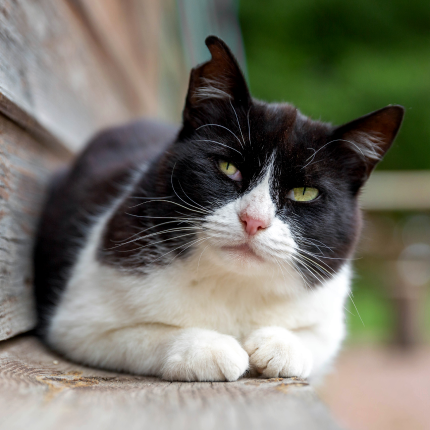Texas Legalizes Trap-Neuter-Release Programs

In a groundbreaking move, Governor Greg Abbott of Texas signed House Bill 3660, offering legal protection to individuals involved in trap-neuter-release (TNR) cat programs. This milestone legislation shields those who return sterilized cats to the wild from potential criminal charges. While TNR programs are celebrated by cat lovers, the debate surrounding their efficacy and impact on wildlife remains contentious.
Criticisms of TNR Programs
The American Bird Conservancy has emerged as a vocal critic, highlighting the alarming number of birds that fall victim to cats. They argue against releasing feral cats, adding fuel to the ongoing debate. Under Texas law, the unreasonable abandonment of an animal under one’s care is considered a misdemeanor offense. Despite the legal gray area, some jurisdictions have supported TNR initiatives. However, the passage of HB 3660 now shields advocates of TNR from prosecution for abandonment.
Passionate cat lovers in Texas have long urged municipalities to cease euthanizing cats and instead adopt TNR practices. These pleas gained momentum in late 2022 when members of the City Council, heeding the appeals of Houston-based Friends for Life Animal Shelter, explored the benefits of implementing a TNR program. Proponents argued that focusing efforts on specific areas would effectively reduce the cat population, proving more cost-effective than euthanasia or adoption.
TNR programs have gained popularity throughout Texas. Cities like Houston, Austin, San Antonio, and Dallas provide resources on their websites, actively encouraging residents to participate in these initiatives, often in collaboration with local shelters. Organizations such as the Humane Society of the United States and the American Society for the Prevention of Cruelty to Animals have lent their support.
The Remarkable Impact of TNR
Advocates TNR passionately champion its effectiveness in saving cats’ lives while simultaneously addressing community concerns. TNR programs not only enhance the well-being of cats by stopping the breeding cycle but also promote a more harmonious coexistence between outdoor cats and humans in our shared environment. This remarkable impact is precisely why an increasing number of cities are wholeheartedly embracing TNR initiatives.
Scientific studies and the experiences of communities with established TNR programs provide compelling evidence that TNR significantly reduces and stabilizes populations of community cats. Organizations like Alley Cat Allies, formed in 1990, have been instrumental in introducing TNR to the United States, sparking a national movement through educational materials, regional workshops, advocacy mobilization, and the rewriting of laws. As a result of their unwavering dedication, TNR has become a mainstream approach to feline population management.
Nevertheless, staunch opposition remains. People for the Ethical Treatment of Animals and the Texas Parks and Wildlife Department generally reject the tactic, aligning themselves with the concerns of bird advocates. Detractors argue that releasing cats into the environment poses risks of disease transmission, subjects the animals to stress and injury, and fails to curb cat populations unless a substantial majority undergoes neutering effectively.
A Landmark Decision
Despite the controversy, HB 3660 passed through the House with only a handful of dissenting votes, while the Senate unanimously supported the bill. This historic legislation protects TNR advocates from potential legal repercussions. It fuels the ongoing discussion surrounding the most humane and effective approach to addressing the challenges posed by feral cat populations.
As Texas sets a precedent by legalizing TNR programs, the state stands at the forefront of the debate, showcasing the delicate balance between ensuring feline welfare and preserving wildlife. The future of feral cat management now rests on the outcomes and ongoing research into the long-term effects of TNR initiatives.

Featured Articles

Polydactyl Cats: Just More Beans to Love
Polydactyl cats have become extremely popular in recent times. As a result, more and more people are interested in learning more about this six-toed cat and want to get one of their own. If you are a cat lover intrigued by polydactyl cats, you have come to the right place….

The Odd-Eyed Cat (AKA Heterochromia)
Cats are already beautiful and fascinating creatures, but people are bound to take notice when they have something as captivating as two different colored eyes. Odd-eyed cats always have one blue eye paired with either a green, yellow, or brown eye. This form of heterochromia occurs in other animals, including…

Why Do Cats Roll Over Into Their Backs But Not Let You Touch Their Bellies?
It’s common knowledge dogs love to have their tummies rubbed when they freely lay down before you and roll onto their backs. But, if you’re also familiar with cats, you know that when they roll onto their backs with their bellies exposed, rubbing the belly will most likely result in…
